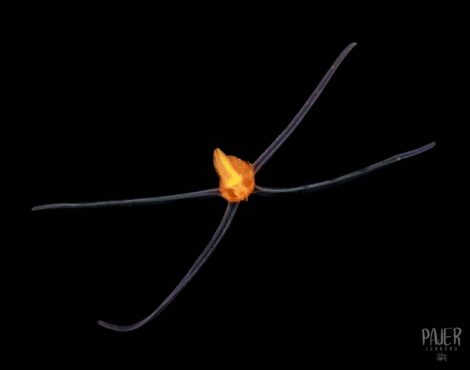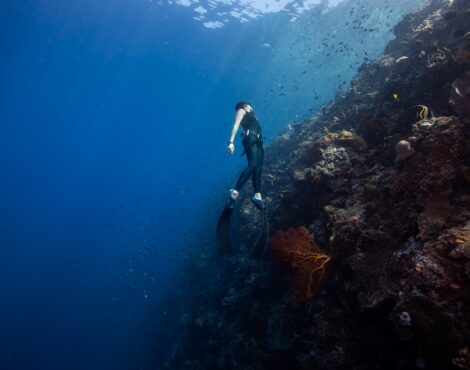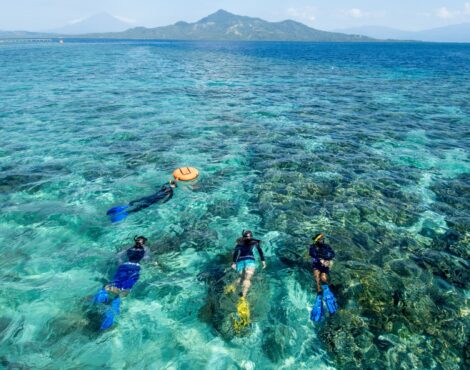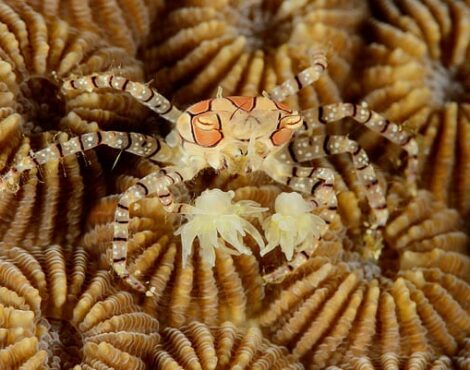We know that 95% of our guests visit Bunaken Marine Park to experience the world class diving and snorkelling on offer, but we also think it would be a great shame to miss out on the other adventures that North Sulawesi has to offer.
This is why we offer several day trips and experiences â so our guests can experience some of the local culture of terrestrial wildlife in the region. Among our most popular day trips is our Minahasa Highland Tour.
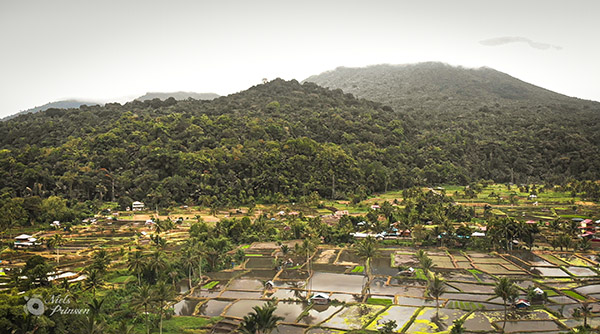
What is Minahasa?
The word Minahasa is thrown around quite a lot in North Sulawesi, but what exactly is it?
It is most commonly used to describe the Minahasa Regency â a regency in North Sulawesi, with the city of Tondano as its capitol. There is actually more than one Minahasa Regency, with South Minahasa, North Minahasa, and South East Minahasa all being separate regencies.
The term is also used to describe the largest ethnic group in North Sulawesi, with an estimated one million Minahasan people living throughout the province. The regency is 93% Christian, making it among the most Christian areas of Indonesia â a predominately Islamic nation.
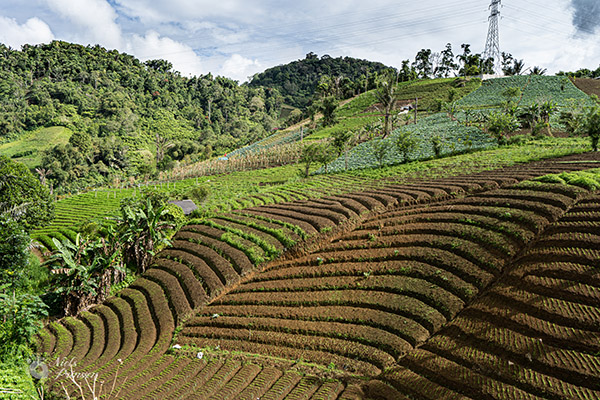
What will I see while visiting Minahasa?
While the region has far too much to offer to be truly experienced in a single day, we also donât want to keep you away from the water for too long. So we have put together an itinerary of what we think is the most interesting parts of the Minahasa Highlands.
Armed with a knowledgable local guide and an air conditioned car, you can see the best of the region, and still make it back in time for dinner on the beach.
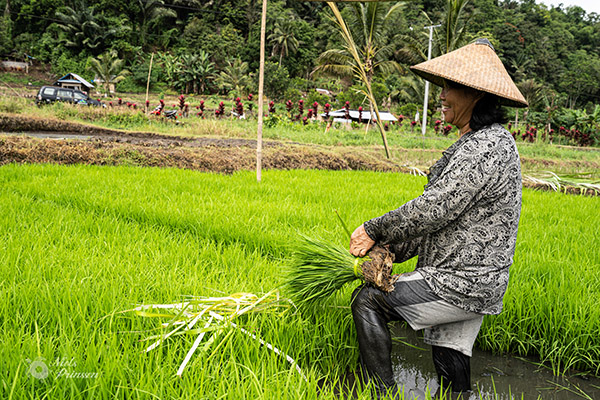
Tomohon
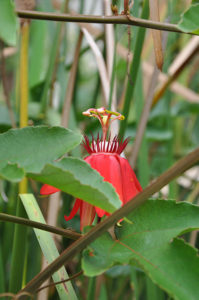 Tomohon, AKA the City of Flowers, is actually not a part of the Minahasa regency, although it was until 2003, when it separated from the regency as part of its inauguration.
Tomohon, AKA the City of Flowers, is actually not a part of the Minahasa regency, although it was until 2003, when it separated from the regency as part of its inauguration.
Upon entering the city, you will instantly understand why it is called the city of flowers. Every house you pass is surrounded by flowers of every colour, vines creeping up balconies, and parks throughout the city bursting with floral colour.
Every year, the city hoses the Tomohon Flower Festival, which attracts up to 25,000 flower enthusiasts from all over the world. The main event is a float parade, which features more than 80 flower themed floats from all over Indonesia and beyond (even North Korea have participated before!)
Although you need to be here at the right time of year to visit the festival, the flowers are on display year round, as is the famous Tomohon market, known for its vibrant displays of flowers, fruits, and vegetables. Perhaps the most enticing section of the market is where the spices are being sold, with locally produced nutmeg, cinnamon, and clove taking centre stage. Follow your nose and you canât miss it!
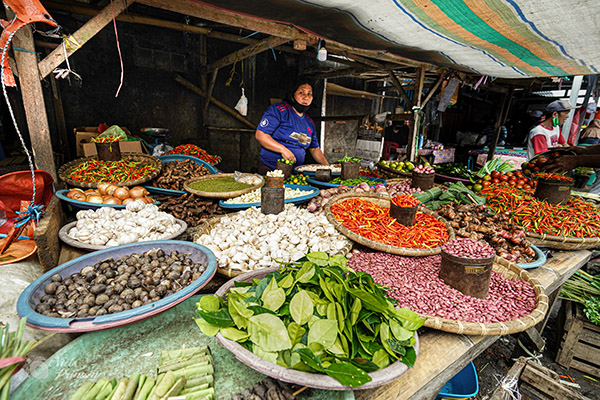
Woloan Village
3km from Tomohon is Woloan Village, a small village famous for making traditional Minahasan houses.
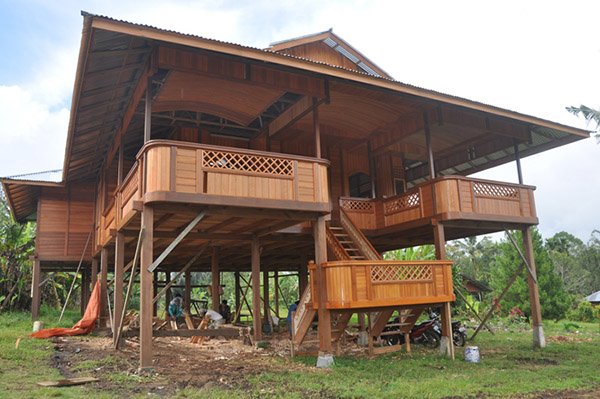 Much of the village is actually a show room, where people interested in buying a house can view and enter the houses, and if they choose to buy one, the wooden structure is simply taken down, flat packed, and shipped anywhere in the world, where it is re-assembled exactly as it was viewed in Woloan. Think of it as being similar to Ikea, only instead of buying a wardrobe or coffee table, you are buying an entire house!
Much of the village is actually a show room, where people interested in buying a house can view and enter the houses, and if they choose to buy one, the wooden structure is simply taken down, flat packed, and shipped anywhere in the world, where it is re-assembled exactly as it was viewed in Woloan. Think of it as being similar to Ikea, only instead of buying a wardrobe or coffee table, you are buying an entire house!
Each house takes roughly two months to build by a team of eight highly skilled Minahasan carpenters. All of our beach and garden view villas are based on the Minahasan house style, and our new beach view family villa and the Tree House are actually built by the traditional Woloan builders. They visited us to take the measurements, prepared the wood in Woloan, and then came to us to build using their traditional methods.
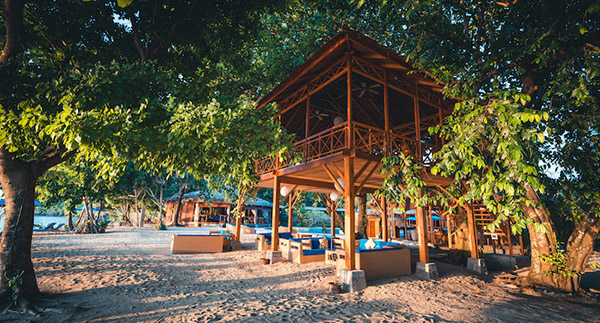
Lake Linow
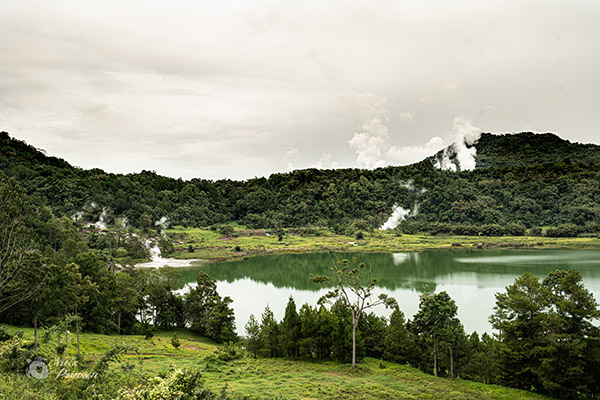 It is often referred to as the three colour lake, because it seems to change colour between blue, green, and brownish yellow. The reason for this is because it is a volcanic lake, and the colour changes are an effect of the daily sulphuric concentrations, the natural light, and the viewing perspective.
It is often referred to as the three colour lake, because it seems to change colour between blue, green, and brownish yellow. The reason for this is because it is a volcanic lake, and the colour changes are an effect of the daily sulphuric concentrations, the natural light, and the viewing perspective.
On the shore of the lake, you can see small patches where the volcanic activity is so close to the surface that the water is boiling and emitting sulphur smoke. The lake is home to many species of bird, who donât seem to be put off by the occasional spot of hot water and the constant eggy scent of sulphur.
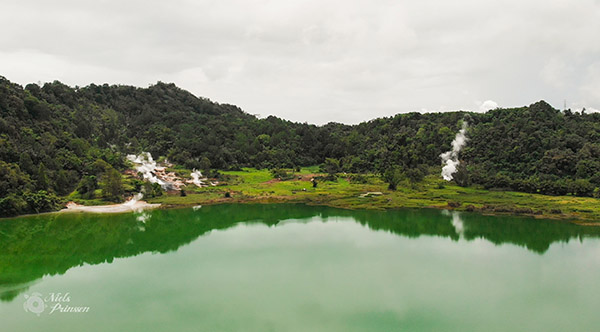
Lake Tondano
Sitting 600 metres above sea level is the enormous 4,278 hectare Lake Tondano, the life stream of the Minahasa region â with its fresh waters supporting endless rice paddies, vegetable farms, and a huge fishing industry.
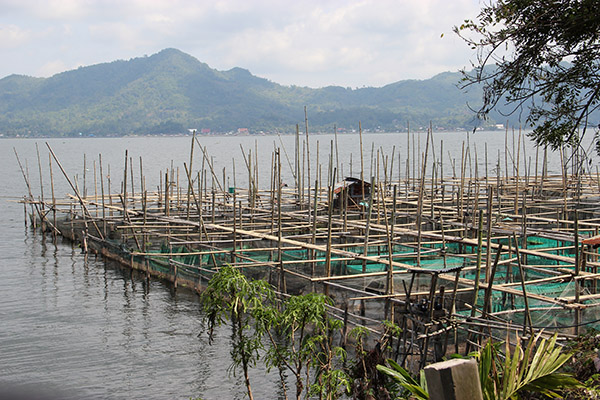 The lake is actually the basin of the 20×30 km Tondano Caldera, which was formed during a massive eruption millions and millions of years ago. It has four active vents along the calderas ridge â the volcanos Lokon-Emupung, Mahawu, Sempu, and Soputan.
The lake is actually the basin of the 20×30 km Tondano Caldera, which was formed during a massive eruption millions and millions of years ago. It has four active vents along the calderas ridge â the volcanos Lokon-Emupung, Mahawu, Sempu, and Soputan.
The edge of the lake is dotted with fish farms and restaurants that jut into the waters. These are a great place to relax for a while, take in the view, and enjoy the local speciality Ikan Mas â local Koi served with water spinach, rice, and the fiery condiment, Dabu Dabu.
Mount Mahawu
Mt Mahawu is the northern most of a string of young volcanos that form the âspineâ of North Sulawesi. It has a 180 metre wide and 140 metre deep crater that sometimes contains a small crater lake. While it is active, it is less so than some of its neighbour volcanos, only recording minor volcanic activity since 1789.
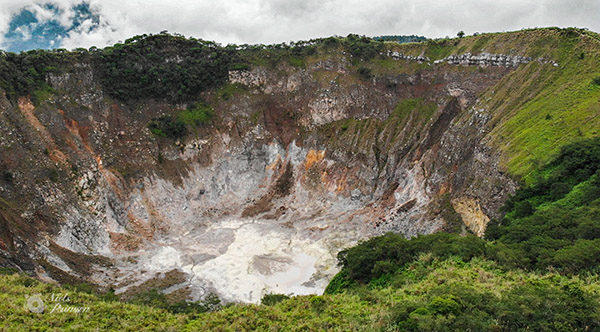 The crater is the most accessible in North Sulawesi, with easy to climb stairs taking you all the way from the car park below and a gravel path circumnavigating the rim. When the skies are clear, you get a stunning view of all the islands of Bunaken Marine Park. The climb itself is shaded by trees, and the path is dotted with different orchids for flower enthusiasts to spot.
The crater is the most accessible in North Sulawesi, with easy to climb stairs taking you all the way from the car park below and a gravel path circumnavigating the rim. When the skies are clear, you get a stunning view of all the islands of Bunaken Marine Park. The climb itself is shaded by trees, and the path is dotted with different orchids for flower enthusiasts to spot.
Mount Lokon-Empung
This twin volcano is significantly more active than Mahawu â so much so that it is often closed off to visitors due to dangerous levels of gas emission.
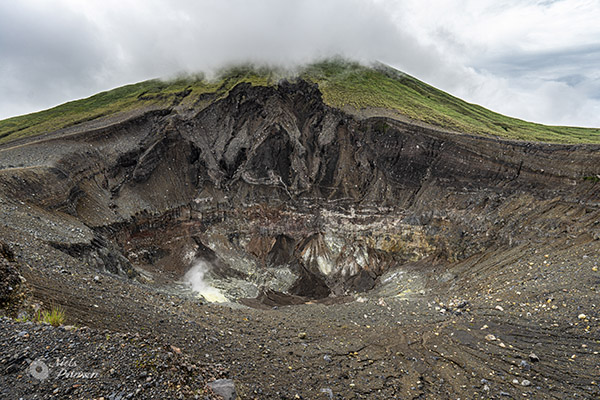 Lokon is the higher of the two peaks, and has a flat, crater less peak, and is one of the most active volcanos in Indonesia, having erupted many times since 2011. Just two km away is the younger and smaller Empung, which has a 400 metre wide crater which last erupted in the 18th century. Since then, all eruptions have originated from Tompaluan â a 150 x 200 metre double crater that sits on the pass between the two peaks.
Lokon is the higher of the two peaks, and has a flat, crater less peak, and is one of the most active volcanos in Indonesia, having erupted many times since 2011. Just two km away is the younger and smaller Empung, which has a 400 metre wide crater which last erupted in the 18th century. Since then, all eruptions have originated from Tompaluan â a 150 x 200 metre double crater that sits on the pass between the two peaks.
Solidified lava flows make a convenient path to walk up (roughly 1.5 hours) , although it is only possible when dry, and when Tomohonâs volcanologic centre says it is safe to do so.
The Waterfalls
Anywhere you have high peaks, and lots of water, you will find waterfalls.
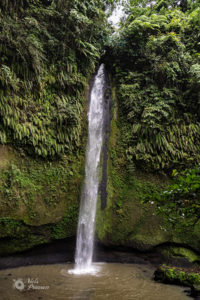
The Minahasa region is dotted with multiple waterfalls in all shapes and sizes, and they are popular destinations for the locals who are looking to cool off in their cool pools. The most well known are the Kali and Tinoor, however there are many more that are less touristic.
If you are interested in learning more about the fascinating Minahasa culture and visiting these places (and more), then please let us know and we can arrange a tour with one of our certified English speaking tour guides.
If language is a concern, Herry is fluent in German, while Michael is learning Italian and can already communicate basic information. Both guides are flexible and are happy to adjust the tour to your needs and preferences.
Text by Michael Waddington
Photos by Niels Prinssen


